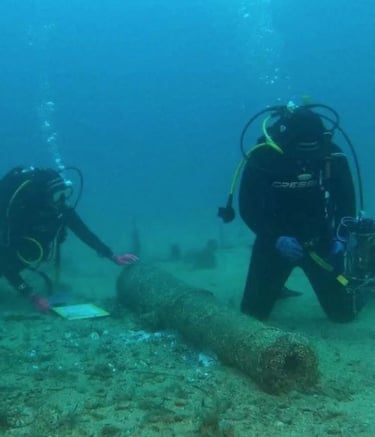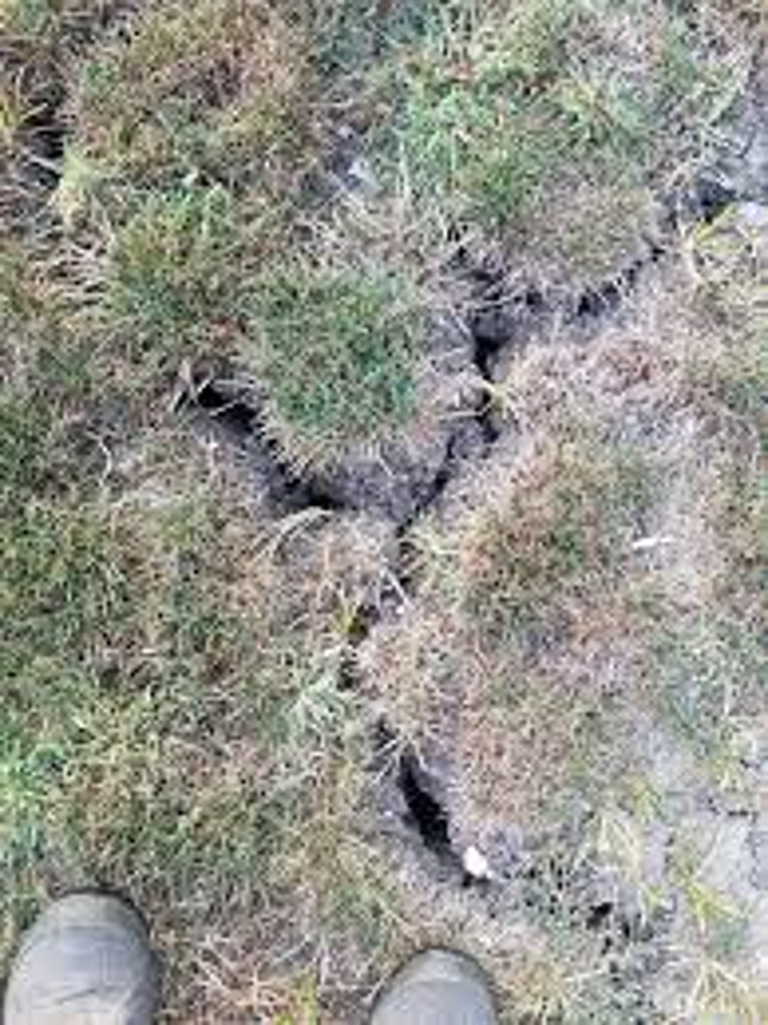

📜 A Discovery Made in Silence: My Exchange with the State of Florida
Background
In 2012, during a canoe trip with my sons, I made a discovery south of Cape Canaveral that I believe to be the survivor campsite of the 16th-century French ship La Trinité. Using techniques I developed through years of clandestine grave investigations, I recognized patterns in the terrain—disturbed vegetation, buried fire remnants, and signs of temporary shelter. I reported the site to the Florida Division of Historical Resources (DHR), but was quickly dismissed and later warned not to return to the area without a licensed archaeologist.
Years later, the discovery of La Trinité was made public—with others credited, and my early report entirely omitted.
The email thread below details my attempt to set the record straight.
📧 Email Exchange
From: James Adams – May 6, 2025
Subject: A Discovery Made in Silence: How a Canoe Trip with My Sons Led to the Truth Behind La Trinité
In 2012, I wasn’t searching for lost ships. I was simply on vacation with my sons.
We paddled ashore near Cape Canaveral, and I noticed a pattern in the vegetation—Brazilian pepper trees growing in a formation that defied natural explanation. My background in grave-site terrain analysis told me I was looking at a disturbance. Charred timber, buried remnants, and scorched earth pointed to a long-abandoned firepit or shelter.
I believed survivors from a shipwreck had made landfall there. I contacted the state and gave an approximate 1-square-mile offshore location tied to the Minuteman Causeway. Rather than collaboration, I was warned that returning without a licensed archaeologist could land me in prison.
So I stayed silent.
Years later, La Trinité was found offshore. But I had already located what I believe was the survivor’s camp. And I told no one but my sons. I didn’t disturb the site or remove anything—I just walked away, holding the truth quietly.
Now, I seek only acknowledgment that I was there first.
From: Dr. Melissa R. Price (Florida Department of State) – May 9, 2025
Thank you for reaching out and for your concern about archaeological sites related to La Trinité.
In Florida, all archaeological sites on state lands and waters are protected under statute. These protections ensure that historic and cultural resources are preserved for public interest and future research. I’m sorry if previous communications came across as threatening. Often, our duty is to clarify what’s legally allowed to prevent unintentional violations.
I’ve attached the relevant state statutes (Chapters 267 and 872) for your reference.
From: James Adams – May 9, 2025
Thank you, Dr. Price.
I want to clarify: In 2012, I discovered what I believe to be the survivor campsite of La Trinité and attempted in good faith to report it—first to the state, then to the local museum in Cocoa, where I was dismissed and asked to leave.
Later, others claimed discovery of a site in the same area. I was never credited despite clear prior documentation. It appears my early discovery was either ignored or omitted—possibly to protect the interests of affiliated salvage contractors.
I am not seeking control of the site or compensation. My sole request is formal acknowledgment of my role as the original discoverer of the 2012 site. I have retained the coordinates and full documentation to support my report.
Transparency in the historical record is all I ask.
From: Dr. Melissa R. Price – May 9, 2025
Thank you for the clarification.
The site officially identified as La Trinité is not a campsite and is not located in the vicinity you described. In 2018, a federal court ruled the material belongs to France.
That said, it’s possible you located a separate site. If you are willing, please share:
The general area
Evidence of archaeological material (photos with scale are helpful)
With this, we can determine whether it falls under our jurisdiction and whether it’s a new site or a re-report.
From: James Adams – May 9, 2025
Thank you again for your response.
To clarify: the site I discovered is not the wreck itself but what I believe is a 16th-century emergency shoreline occupation—likely a temporary campsite by survivors. Its layout and features match known behaviors of castaways awaiting rescue.
I believe this land-based site was the early lead that redirected attention offshore, where La Trinité was later found.
I am not requesting an excavation or investigation. Nor will I disclose the location, given how my previous efforts were disregarded. My sole request is acknowledgment of my early contribution—nothing more.
I’m prepared to provide context, timelines, and additional evidence (short of coordinates) to support the historical record.
🧭 Conclusion
I made the discovery. I reported it. I was ignored, and later threatened. Then others were credited for work that began with a moment of accidental insight, guided by years of unconventional training.
I don’t want recognition for fame or profit—just for the sake of truth.
—James Adams
raisingrelics.com | raisingrelics@gmail.com | (865) xxx-xxxx
Unveiling Lost Treasures: My Underwater Adventures in Treasure Hunting
Join me on thrilling underwater expeditions as I search for lost treasures and items. Discover fascinating finds, watch captivating YouTube videos, and explore unique artifacts available for sale in my online store. Let's dive into the exciting world of treasure hunting together!
5/8/20243 min read


Treasure hunting adventures
raisingrelics@gmail.com
© 2025. All rights reserved.
